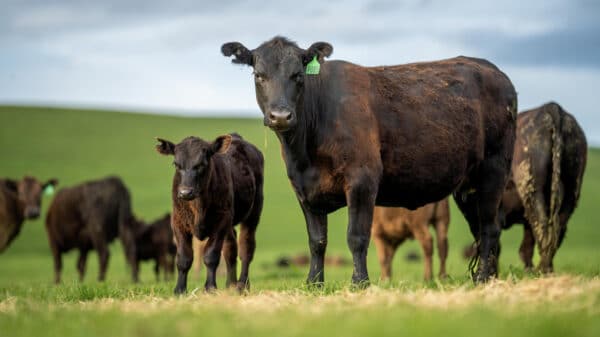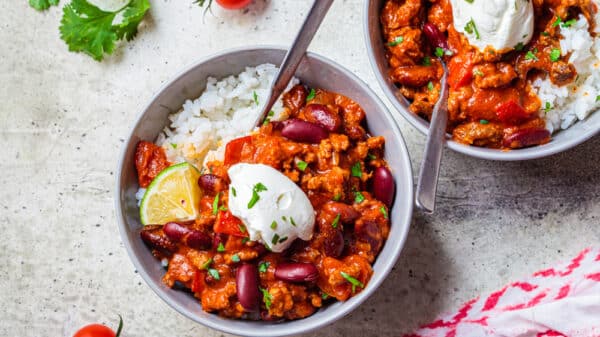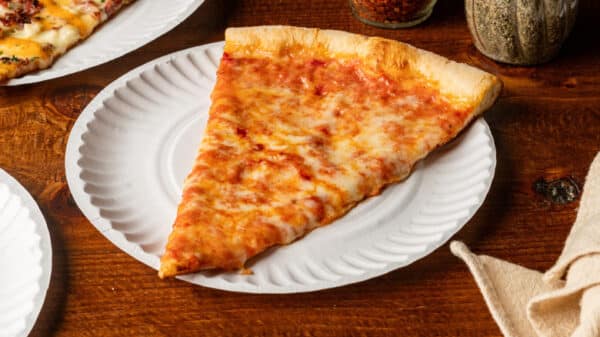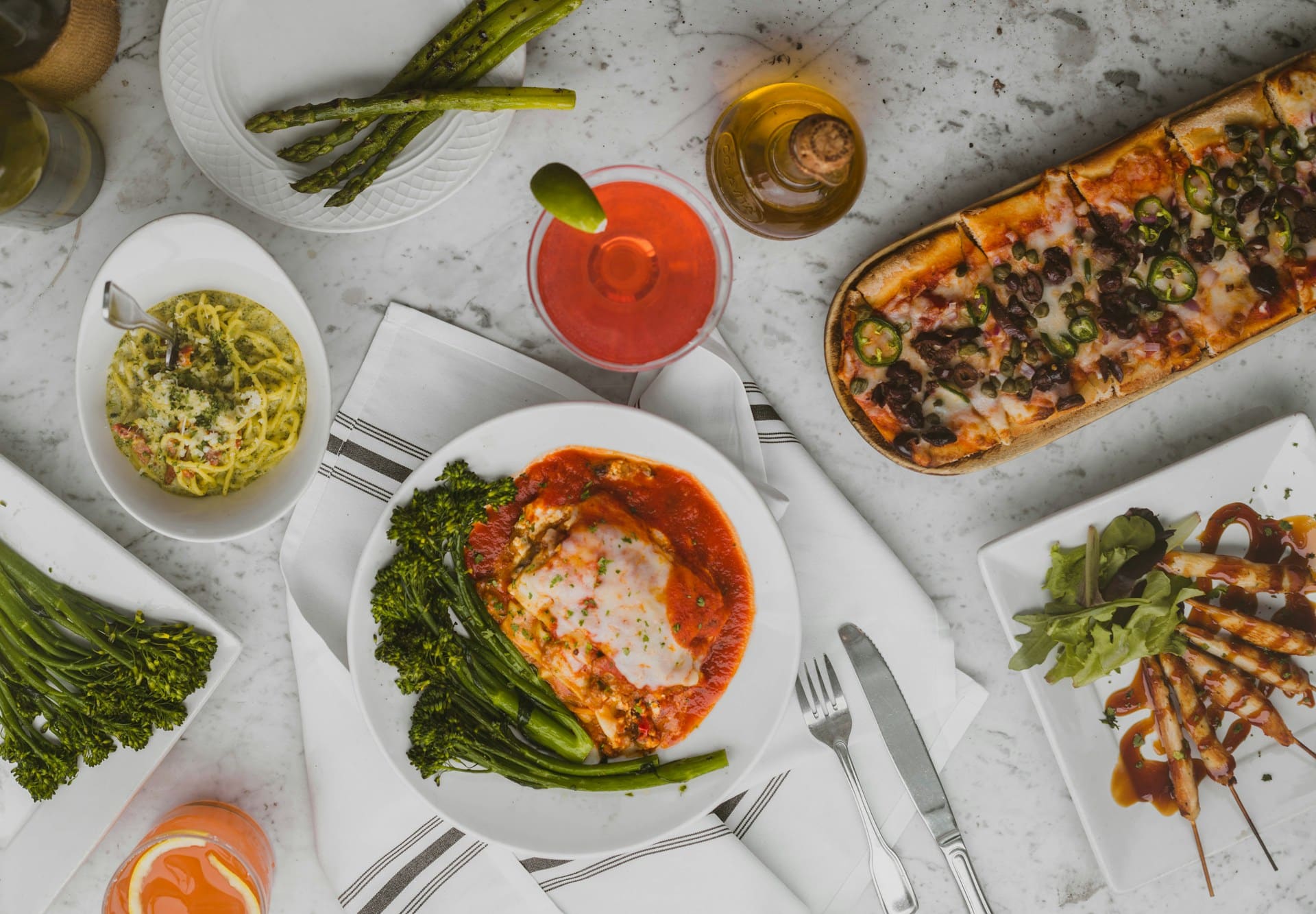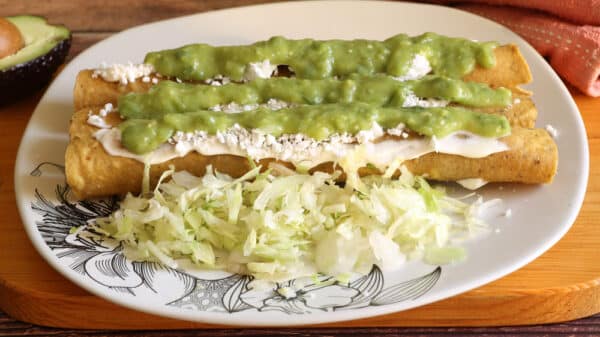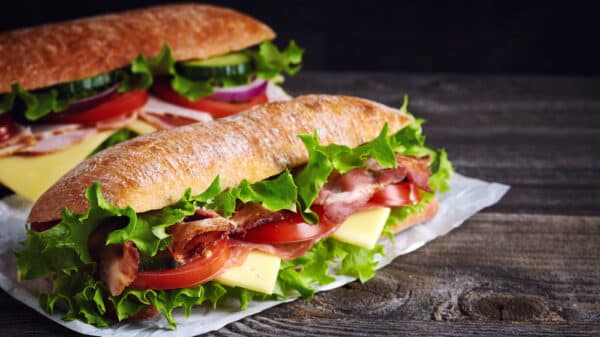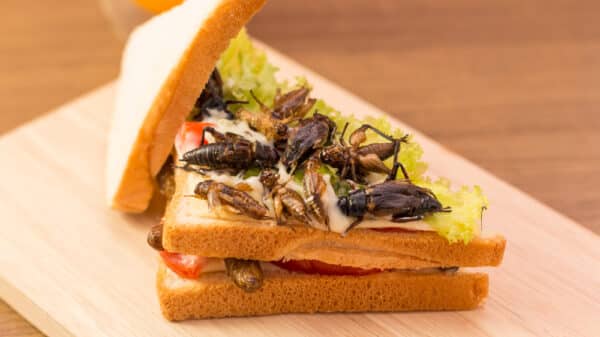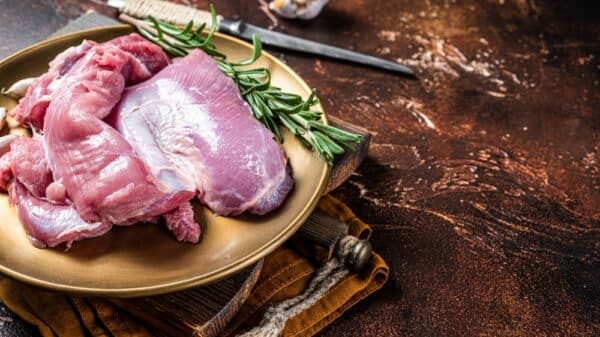As culinary landscapes evolve, certain classic dishes may fade from prominence. One such dish is veal Parmesan, an Italian-American staple that has significantly declined in recent years. Understanding the reasons behind this shift not only sheds light on changing tastes but also on broader societal concerns that influence our dining choices.
Understanding Veal
Veal, while synonymous with tender, flavorful meat, has a backstory that affects its perception today. This meat comes from young cows, often male dairy calves, harvested at a mere 16 to 18 weeks old. The culinary delight of veal—a texture typically described as rich and tender—has origins tracing back centuries, and it remains integral to various European cuisines, particularly Italian. Unfortunately, many diners unfamiliar with veal may shy away from it due to a lack of understanding about the animal it comes from.
The Making of Veal Parmesan
Veal Parmesan is not complex in its preparation, which is part of its appeal. If you’ve indulged in chicken or eggplant Parmesan, the concept is familiar: cutlets are breaded, pan-fried, then smothered in red sauce and topped with Parmesan cheese. Traditionally, it’s served alongside pasta, creating a hearty, satisfying meal. However, the ingredients and the dish’s origins may puzzle some who have overlooked veal in their culinary repertoire.
Ethical and Economic Factors
The decline of veal Parmesan on menus across America can largely be attributed to rising concerns over animal welfare. The practices surrounding veal production—such as separating calves from their mothers shortly after birth and confining them in small spaces—are troubling to many consumers. These ethical dilemmas often lead diners to reconsider their choices.
Moreover, the price point of veal is another significant factor. Compared to more mature cuts of beef and other meats, veal is generally more expensive. With food costs on the rise, many consumers opt for more affordable proteins. Despite its place in fine dining and gourmet cooking, veal has become less accessible to the average home cook.
Alternatives and Continued Popularity
Despite the decline in mainstream consumption, veal remains available at specialty butchers and gourmet markets, allowing those who wish to indulge in dishes like veal Milanese—crispy veal served with arugula—a chance to explore this unique meat. For culinary enthusiasts, experimenting with veal can lead to delicious interpretations beyond the classic veal Parmesan.
Conclusion: A Diners’ Perspective
When dining out, especially at Italian restaurants, it’s essential to recognize how shifting culinary trends can affect menu offerings. The absence of veal Parmesan reflects a broader narrative concerning ethics, economics, and evolving consumer preferences. While this dish may not be on every menu anymore, it serves as a reminder of how our eating habits are influenced by factors extending beyond the plate. By understanding these dynamics, we can gain a deeper appreciation for culinary traditions—and perhaps, the rare opportunity to enjoy a timeless classic when we can.
Image Source: Unsplash

